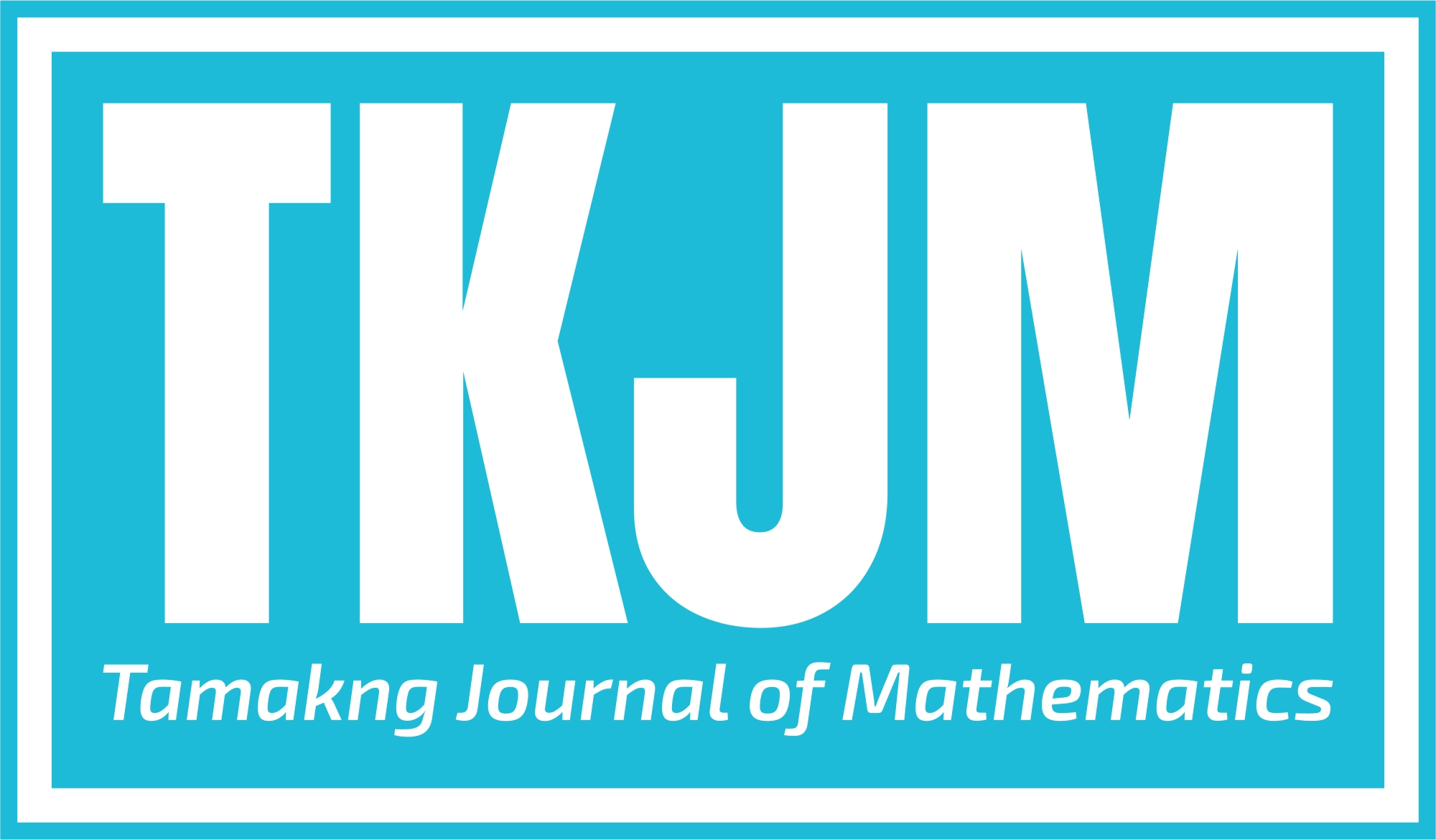Mathematical modeling and optimal control of a deterministic SHATR model of HIV/AIDS with possibility of rehabilitation: a dynamic analysis
Main Article Content
Abstract
In the present work, we developed a deterministic SHATR (Susceptible - HIV infected -AIDS infected - Antiretroviral Treatment - Recovered) compartment model for HIV/AIDS. This model considers the disease outbreak due to a lack of awareness and treatment. The steady states of the proposed model system are obtained and analyzed by using the nonlinear stability theory of differential equations. The basic reproduction number is derived and explored to determine the stability and sensitivity index of some important relative parameters. Further, to know the global behavior of the model one parameter bifurcation study is discussed. Moreover, the optimal control theory has been applied to identify the optimal strategy by taking treatment and awareness for safe intercourse as control parameters. The control problem is solved analytically by using Pontryagin’s maximum principle. Finally, the model is simulated to describe the optimality under various assumptions and the stability of equilibrium points.
Article Details

This work is licensed under a Creative Commons Attribution-NonCommercial-ShareAlike 4.0 International License.
References
T.K. Ayele, E.F.D. Goufo, and S. Mugisha, Mathematical modeling of HIV/AIDS with optimal control: A case study in Ethiopia, Results Phys, 26 (2021), 104263.
L. Cai, X. Li, M. Ghosh, and B. Guo, Stability analysis of an HIV/AIDS epidemic model with treatment, J. Comput. Appl. Math, 229 (2009), 313-323.
H.F. Huo, R. Chen, and X.Y. Wang, Modelling and stability of HIV/AIDS epidemic model with treatment, Appl. Math. Model, 40 (2016), 6550-6559.
UNAIDS Report, Global HIV and AIDS Statistics (2020).
D. Aldila, R.R. Aprilliani, and M. Malik, Understanding HIV spread with vertical transmission through mathematical model, In AIP Conference Proceedings, 2014 (2018), 020142.
P. Dubey, U.S. Dubey, and B. Dubey, Modeling the role of acquired immune response and antiretroviral therapy in the dynamics of HIV infection, Math. Comput. Simul, 144 (2018), 120-137.
B. Kaymakamzade, T. Sanlidag, E. Hincal, M. Sayan, F.T. Saad, and I. A. Baba, Role of awareness in controlling HIV/AIDS: a mathematical model, Qual. Quant, 52 (2018), 625-637.
N. Kaur, M. Ghosh, and S.S. Bhatia, Modeling the spread of HIV in a stage structured population: Effect of awareness, Int. J. Biomath, 5 (2012), 1250040.
I. Ghosh, P.K. Tiwari, S. Samantha, I.M. Elmojtaba, N. Al-Salti, and J. Chattopadhyay, A simple SI-type model for HIV/AIDS with media and self-imposed psychological fear. Math. Biosci, 306 (2018), 160-169.
T.T. Yusuf, and F. Benyah, Optimal strategy for controlling the spread of HIV/AIDS disease: a case study of South Africa, J. Biol. Dyn, 6 (2012), 475-494.
P.S. Rana, and N. Sharma, Mathematical modeling and stability analysis of a SI type model for HIV/AIDS, J. Interdiscip. Math, 23 (2020), 257-273.
S. Jana, S.K. Nandi, and T.K. Kar, Complex dynamics of an SIR epidemic model with saturated incidence rate and treatment, Acta Biotheor, 64 (2016), 65-84.
A. Mastroberardino, Y. Cheng, A. Abdelrazec, and H. Liu, Mathematical modeling of the HIV/AIDS epidemic in Cuba, Int. J. Biomath, 8 (2015), 1550047.
C.C. Espitia, M.A. Botina, M.A. Solarte, I. Hernandez, R.A. Riascos, and J.F. Meyer, Mathematical Model of HIV/AIDS Considering Sexual Preferences Under Antiretroviral Therapy, a Case Study in San Juan de Pasto, Colombia, J. Comput. Biol, 29 (2022), 483-493.
M. Kubjane, M., M. Osman, A. Boulle, and L.F. Johnson, The impact of HIV and tuberculosis interventions on South African adult tuberculosis trends, 1990-2019: A mathematical modelling analysis, Int. J. Infect. Dis, (2022).
Z. Ali, F. Rabiei, K. Shah, and T. Khodadadi, Fractal-fractional order dynamical behavior of an HIV/AIDS epidemic mathematical model, Eur. Phys. J. Plus, 136 (2021), 1-17.
M. Parsamanesh, M., and M. Erfanian, Global dynamics of an epidemic model with standard incidence rate and vaccination strategy, Chaos Soliton & Fract, 117 (2018), 192-199.
J.P. LaSalle. The stability of dynamical systems, (1976).
T.K. Kar, S.K. Nandi, S. Jana, and M. Mandal, Stability and bifurcation analysis of an epidemic model with the effect of media, Chaos Soliton & Fract, 120 (2019), 188-199.
A. Ishaku, A.M. Gazali, S.A. Abdullahi, and N. Hussaini, Analysis and optimal control of an HIV model based on CD4 count, J. Math. Biol, 81 (2020), 209-241.
L.S. Pontryagin, V.G. Botyanskii, R.V. Gamkrelidze, and E.F. Mishchenko, Mathematical theory of optimal processes, (1961).
W.H. Fleming, and R. Rishel, Deterministic and Stochastic Optimal Control, Springer Science and Business Media, (2012).
S. S. Negi, N. Sharma and P. S. Rana, A SEIAR mathematical model to analyze the effect of COVID-19 pandemic over the crowded and dense populated regions, J. Interdiscip. Math, 25 (2022), 2063–2071.
P. S. Rana and N. Sharma, Mathematical modeling and analysis with various parameters for infection dynamics of Tuberculosis, J. Phys. Conf. Ser., 1504 (2020), 012007.
